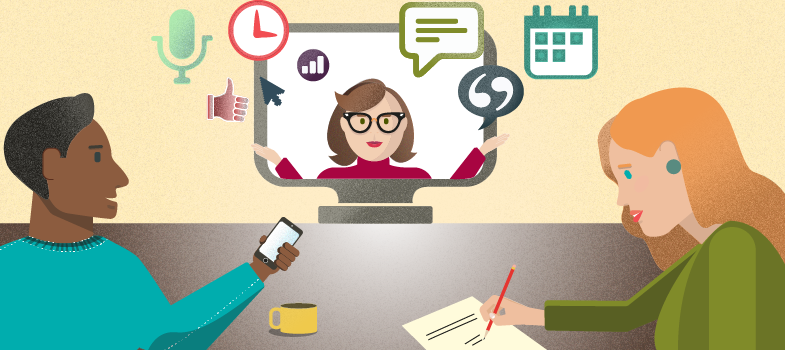5.3 Fake websites and identity theft
Scammers and online fraudsters can create fake, fraudulent or scam websites that look official. They are good at creating convincing websites that may look like a government department, your internet provider or your bank’s website. Fake websites will look very similar to the genuine bank website, and only a few tiny details may be different.
Scam websites are created to mislead you into providing personal or financial information. For example, a fake bank website may ask you to update your account or security information.
You might also come across websites that are set up to look like a service offered by one of the government websites. For example, there are websites that offer to help you apply for a passport renewal or a new driving licence. Although they are not necessarily illegal, these websites charge a fee to use them. You can avoid paying by going directly to the official government department. Your first stop should be GOV.UK [Tip: hold Ctrl and click a link to open it in a new tab. (Hide tip)] , the government’s official website. See Lesson 4 for more information about online public services.
In its online guide, Which? lists eight steps to test whether a website is legitimate or not. You covered most of them in Lesson 4, aside from ‘Can you trust a trust mark?’.
Romance scams

